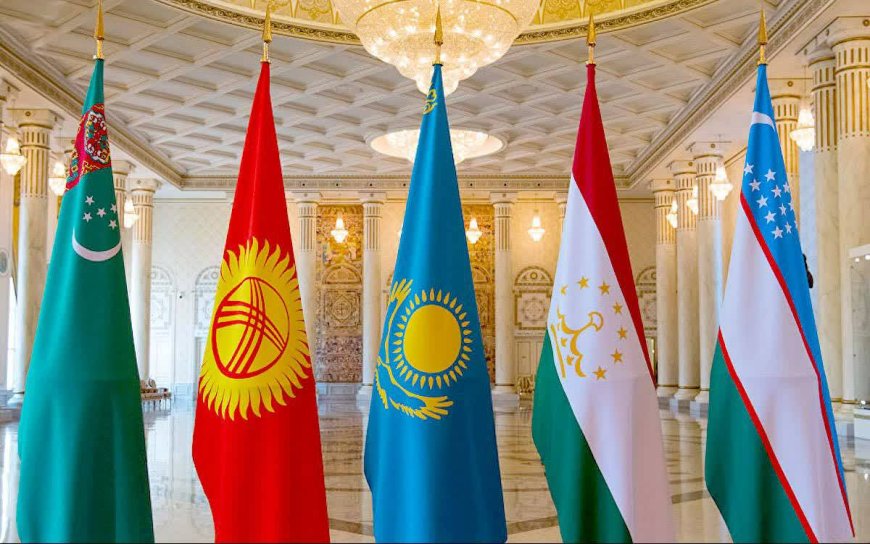Central Asia's Economic Renaissance: A Silver Lining in Troubled Times
In the face of global challenges such as the ongoing war in Ukraine, climate change, and the long-term effects of the Covid-19 pandemic, countries around the world have struggled to maintain stable economies. However, Central Asian countries have emerged as a region experiencing a different set of circumstances.

According to the latest report from the prestigious European Bank for Reconstruction and Development (EBRD), Central Asian countries have witnessed substantial economic growth in the first half of 2023. This growth has been fueled by the resumption of international trade and tourism, as well as significant levels of migration and remittances from Russia.
The EBRD has announced that the Gross Domestic Product (GDP) in Central Asia grew by an impressive 5.7% in 2023 and is projected to increase by 5.9% in 2024. Notably, Tajikistan leads the region with a remarkable GDP growth rate of 7.5% this year, followed by Uzbekistan at 6.5%, Kazakhstan at 5%, and Kyrgyzstan at 4.6%.
Economists have attributed these encouraging growth rates to several factors. Anna Matuyeva, an expert from King's College London, explained to Euronews that Moscow's invasion of Ukraine has played a significant role. Following the imposition of Western sanctions, Russian and Belarusian citizens have redirected their investments and businesses to Central Asia, leading to increased consumption and demand in these countries.
Russian companies, particularly those with geographical and cultural proximity, have also relocated to Kazakhstan and Kyrgyzstan. Moreover, the membership of these countries in the Eurasian Economic Union, which includes Russia, has facilitated business for Russian companies through shared markets, harmonized regulations, and free trade zones. The advantage of being in Central Asia allows Russian companies to maintain flexibility and travel between Russia and these countries without committing to permanent migration.
Another contributing factor to the economic growth of Central Asian countries is the migration of workers from these nations to Russia. These workers have replaced a group of Russian laborers either involved in the war or who have fled the country. The remittances sent back by these migrant workers have significantly contributed to the economic growth of their home countries.
Furthermore, Central Asian countries have faced accusations of aiding Russia in circumventing Western sanctions. These nations have been importing Western-sanctioned products and goods, which are then re-exported to Russia via third countries like Kazakhstan. Data from the Central Asia Analytical Report Office reveals a substantial increase in the import of Western-sanctioned goods to Kazakhstan since Russia's invasion in February. For instance, between January and October 2022, Kazakhstani companies exported over 549 million euros worth of electronics and mobile phones to Russia, marking an 18-fold increase compared to the same period in 2021.
The value of foreign trade for Central Asian countries' products is projected to reach close to $190 billion in 2022. Kazakhstan, as the leading trade power in the region, accounts for 80% of the total volume of mutual trade.
Additionally, the increase in transportation through the middle corridor has also contributed to the economic growth of Central Asian countries. This corridor, which stretches from China through Central Asia and Kazakhstan, crosses the Caspian Sea and the South Caucasus region, ultimately reaching Europe. In 2022, this route witnessed a remarkable 2.5-fold increase in the volume of goods transit, reaching a total of 1.5 million tons, setting a record and highlighting its growth potential. With the embargo on Russia by European countries and the United States, this corridor has garnered increased attention from various nations. Consequently, further transportation along this route is expected to drive additional economic growth for Central Asian countries.
The ravaging conflict in Ukraine continues with no clear end in sight, making the lifting of sanctions against Russia unlikely. These conditions solidify the role and economic position of Central Asia in the Russian economy, ensuring that these countries will continue to experience high economic growth for the foreseeable future.













































